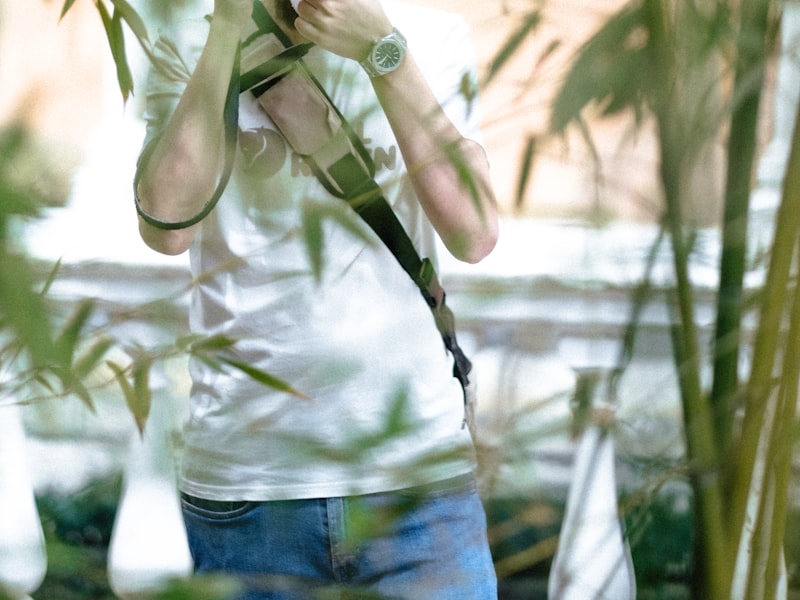What you should expect When Buying the Sweatshirt

Sweatshirts are long-sleeved pullover garments composed of thick cotton. They are generally worn casually but aren't as dressy as sweaters or cardigans. They do not usually have the hood. If you're thinking of purchasing a sweatshirt, here are some suggestions:
The appeal of Norma Kamali was spread by the use of sweatshirts
Since the late 1970s the Norma Kamali brand has transformed the basic sweatshirt into a work of art. Her designs have become an essential part of all women's wardrobes. Her distinctive designs vary from a tummy-tucking neck , to leather paneled sweatshirts. She also has created clothes with unusual forms, such as tanks with a long trumpet skirt.
The collaboration between the designer and the sweatshirt maker Everlast gave rise to her Timeless line, which became an instant hit when it debuted in the Spiegel spring 2006 catalog. The collection offered convertible and interchangeable knits with classic designs, and many pieces were priced at less than $20. Even the The Norma Kamali Timeless collection wasn't available in stores, buyers could still find the pieces for sale on eBay as well as Poshmark.
sweat shirts feel more comfortable than soft sweatshirts
Merino wool is well-known for its moisture-wicking properties that help keep you dry and comfortable. This is a naturally-occurring fibre that also offers a more comfortable feel. It also drys quickly when compared with other natural materials. In addition, it is a sustainable resource. Merino sheep shed their coats each year and grow new coats.
The warmth-to-weight ratio of merino wool makes it popular for sweatshirts. It aids in controlling the temperature of your body due to its loft that naturally traps heat between the fibers. This is why Merino wool sweatshirts are ideal for outdoor activities in the summer, such as mountain biking, hiking, and running. The warmth it offers helps keep the wearer comfortable and dry. This is crucial when working out.
Zip-front hoodies feature kangaroo pockets.
Kangaroo pocket Hoodies are a very popular type of hoodie. They have a huge pocket on the front, that keeps your hands warm on chilly days. They are much more practical than traditional pockets, since they allow your hands to slide in and out easily.
The pockets of Kangaroos are usually big enough to hold the wallet, or other small items for personal use. They're usually long enough to fit a small hand or even wide enough to fit two hands. They are wide on either side and make them ideal for carrying small objects.
French Terry fabric is a very popular material for sweatshirts.
The French Terry fabric is composed of soft yarns that are made into loops, and are usually mid-weight. It is also famous for its ability to wick moisture and is already pre-shrunk. French Terry is an excellent choice for sweatshirts because it keeps you warm when you're in need and also keeps you cool when you need to cool off.
French terry is also popular for casual wear, as it is stretchy enough and has enough flexibility to feel comfortable against your skin. It also allows for enough air to circulate throughout the fabric, which makes it perfect for layering under other clothes. Additionally, since it is lighter than other sweatshirts that you can wear all year round without feeling hot or cold.

Hoodies can be classist.
Although it might appear that hoodies are simply an appropriate garment for people of the working class but the truth is that they have a classist connotation. Hoodies were first popularized in the early 1970s , in New York, where graffiti artists wore them to conceal their identities. In 1976, hoodies made their major film debut in "Rocky," when the protagonist of the film was a working class man in hooded gray sweats on his famous climb up the Philadelphia Museum of Art.
https://banks-tarp.blogbright.net/what-you-need-to-know-about-sweatshirts-1682396730 are often linked to death, destruction and other negative things, but they serve a practical purpose. For instance, monks and priests can wear hoods to demonstrate modesty and inward focus.
